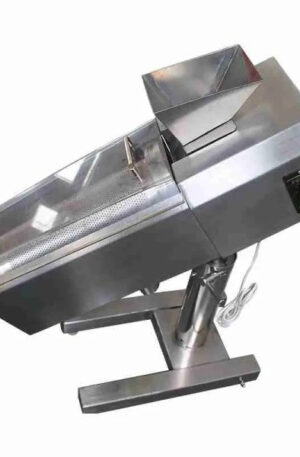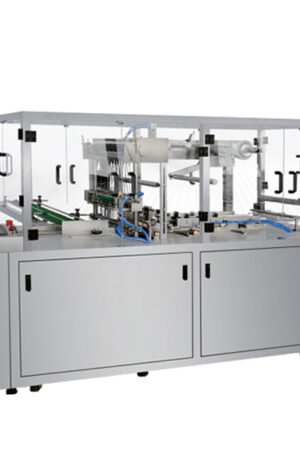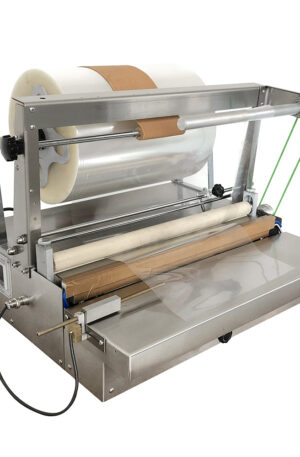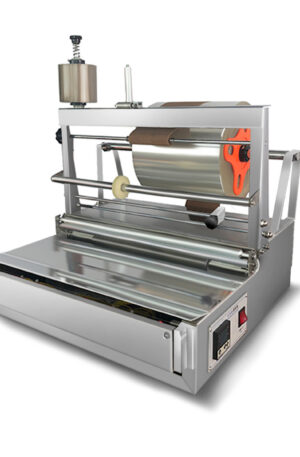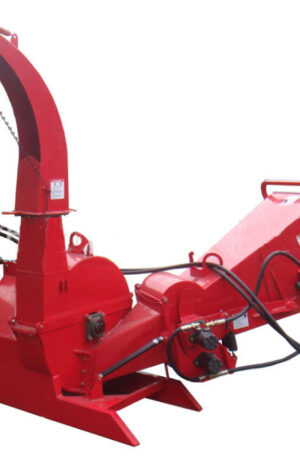Title: The Role of Pharmaceutical Machinery in Modern Medicine Production
Pharmaceutical machinery plays a pivotal role in the production of modern medicine, ensuring the efficiency, accuracy, and safety of the manufacturing process. Two key pieces of equipment in pharmaceutical production are the tablet press machine and the capsule filling machine. This article will explore how these machines, particularly the TDP and THDP models, have revolutionized the pharmaceutical industry.
Tablet press machines, such as the TDP model, are essential for the manufacturing of tablets in pharmaceutical production. These machines work by compressing granular powder into tablet form. The TDP model is known for its high precision and efficiency, allowing for the production of large quantities of tablets in a short amount of time. By using the TDP tablet press machine, pharmaceutical companies can ensure the uniformity and consistency of their tablet products, meeting stringent quality standards.
On the other hand, capsule filling machines, like the THDP model, are used to fill empty capsules with the desired medication. These machines are equipped with advanced technology to accurately fill capsules with the right dosage of active ingredients. The THDP capsule filling machine ensures that the capsules are properly sealed to prevent contamination and ensure the stability of the medication. This level of precision is essential in pharmaceutical production to guarantee the effectiveness and safety of the final products.
The integration of these pharmaceutical machinery technologies has significantly enhanced the efficiency and quality of medicine production. By automating the manufacturing process, companies can increase production capacity while minimizing the risk of errors and contamination. The use of tablet press and capsule filling machines like the TDP and THDP models has streamlined the production process, making it faster and more cost-effective for pharmaceutical companies.
In conclusion, pharmaceutical machinery, particularly tablet press and capsule filling machines, such as the TDP and THDP models, play a crucial role in modern medicine production. These machines ensure the accuracy, efficiency, and safety of the manufacturing process, leading to high-quality pharmaceutical products that meet strict regulatory standards. The continuous advancement and integration of these technologies are essential for driving innovation in the pharmaceutical industry and meeting the growing demands for healthcare products worldwide.

